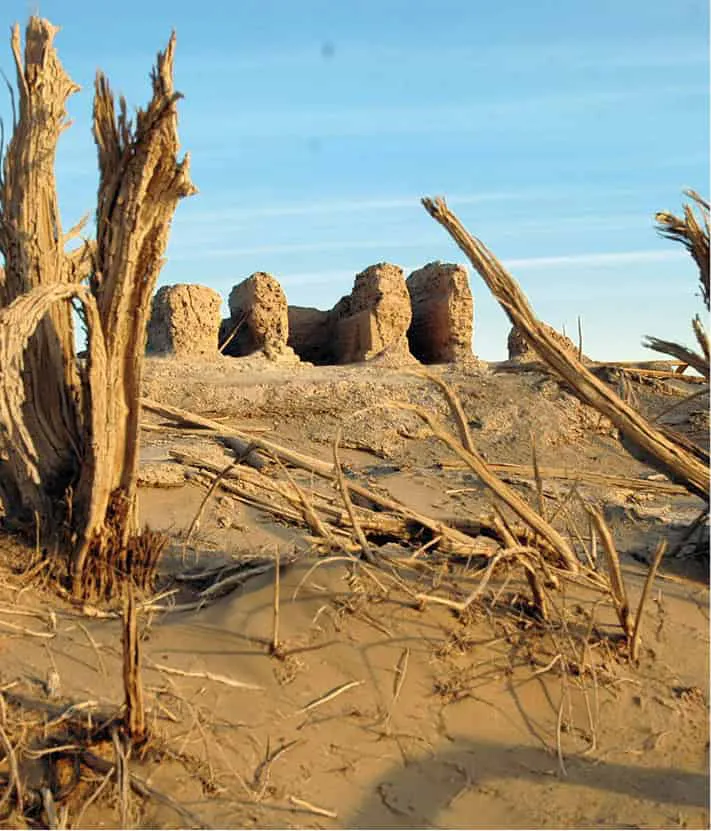
Insight Guides Silk Road (Travel Guide eBook)
- English
- ePUB (mobile friendly)
- Available on iOS & Android
Insight Guides Silk Road (Travel Guide eBook)
About this book
Insight Guide The Silk Road is the complete illustrated guide to one of the world's ultimate travel adventures. Passing right through the heart of Asia, this ancient trade route traverses a quarter of the globe from the heart of China to the Mediterranean via a vast, inhospitable expanse of mountains and desert. The guide covers all the sights along the way across 13 countries and 6 time zones, with authoritative chapters on the Silk Road's history and culture to put it all into context.
Inside Insight Guide The Silk Road: A fully-overhauled major new edition by our expert Silk Road author. Stunning, specially-commissioned photography that brings the countries along this evocative route to life. Highlights of the Silk Road's top attractions, including the great city of Isfahan, the ancient splendor of Persepolis and China's Terracotta Army in our Best of the Silk Road. Descriptive country-by-country accounts cover the whole route from China to Turkey by way of the 'Stans of Central Asia and the geopolitical nerve centres of the Middle East. Features detail silk production, the ancient treasures that have been discovered along the route, and the colourful bazaars - a reminder of the Silk Road caravanserais of the distant past. Detailed, high-quality maps throughout will help you get around and travel tips give you all the essential information for planning the trip of a lifetime.
About Insight Guides: Insight Guides has over 40 years' experience of publishing high-quality, visual travel guides. We produce around 400 full-colour print guide books and maps as well as picture-packed eBooks to meet different travellers' needs. Insight Guides' unique combination of beautiful travel photography and focus on history and culture together create a unique visual reference and planning tool to inspire your next adventure.
'Insight Guides has spawned many imitators but is still the best of its type.' - Wanderlust Magazine
Frequently asked questions
- Essential is ideal for learners and professionals who enjoy exploring a wide range of subjects. Access the Essential Library with 800,000+ trusted titles and best-sellers across business, personal growth, and the humanities. Includes unlimited reading time and Standard Read Aloud voice.
- Complete: Perfect for advanced learners and researchers needing full, unrestricted access. Unlock 1.4M+ books across hundreds of subjects, including academic and specialized titles. The Complete Plan also includes advanced features like Premium Read Aloud and Research Assistant.
Please note we cannot support devices running on iOS 13 and Android 7 or earlier. Learn more about using the app.
Information




Table of contents
- The Silk Road’s Top 10 Attractions
- Editor’s Choice
- Introduction: Ancient Trade Route
- The Incredible Journey
- Decisive Dates
- The First Steps
- The Opening of the Road
- The Middlemen
- Glory and Decline
- The Mongol Era and Rise of Europe
- Rediscovering the Road
- Insight: Treasures of the Silk Road
- The Story of Silk
- Insight: Silk Production
- Life on the Road
- Insight: Bazaars
- The Spread of Ideas
- People and the Environment
- Introduction: The Silk Road Experience
- Introduction: China
- Shaanxi
- Gansu
- Xinjiang
- Introduction: Central Asia
- Pakistan
- Afghanistan
- Kyrgyzstan
- Insight: Yurts
- Kazakhstan
- Tajikistan
- Uzbekistan
- Turkmenistan
- Introduction: Western Asia
- Iran
- Iraq
- Syria
- Lebanon
- Turkey
- China: Getting There and Getting Around
- China: A-Z: A Handy Summary of Practical Information
- China: Understanding the Language
- China: Further Reading
- Central Asia: Transport
- Central Asia: A-Z: A Handy Summary of Practical Information
- Central Asia: Understanding the Language
- Central Asia: Further Reading
- Western Asia: Transport
- Western Asia: A-Z: A Handy Summary of Practical Information
- Western Asia: Understanding the Language
- Western Asia: Further Reading